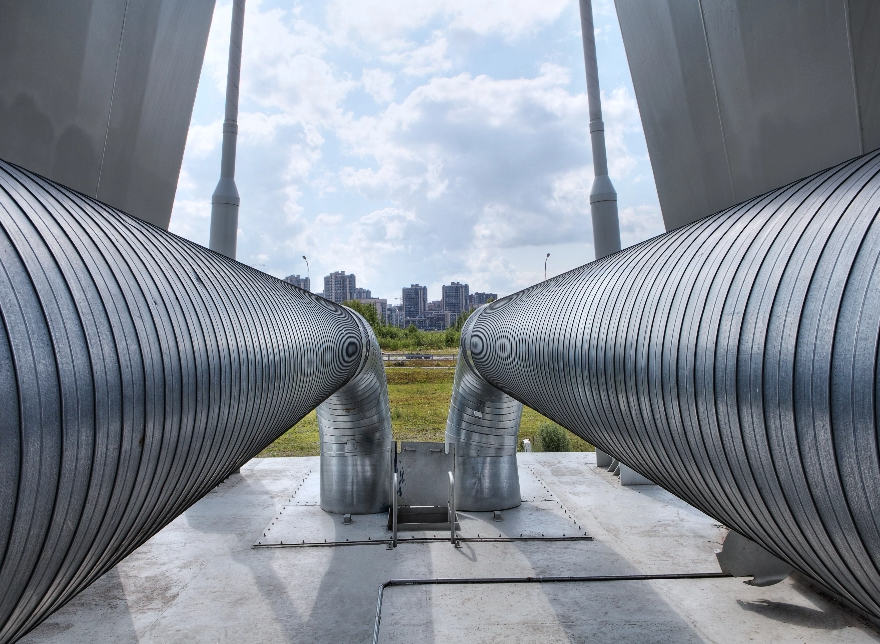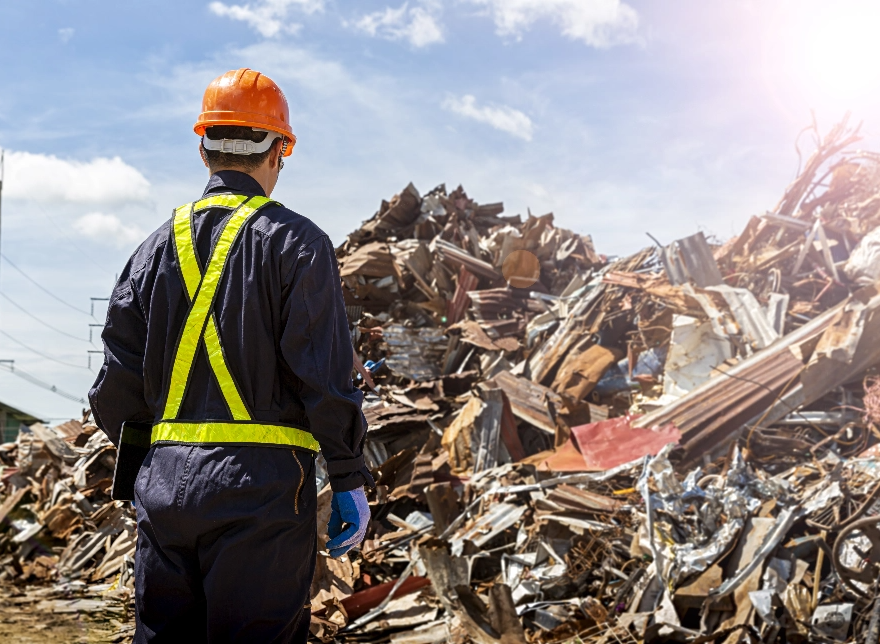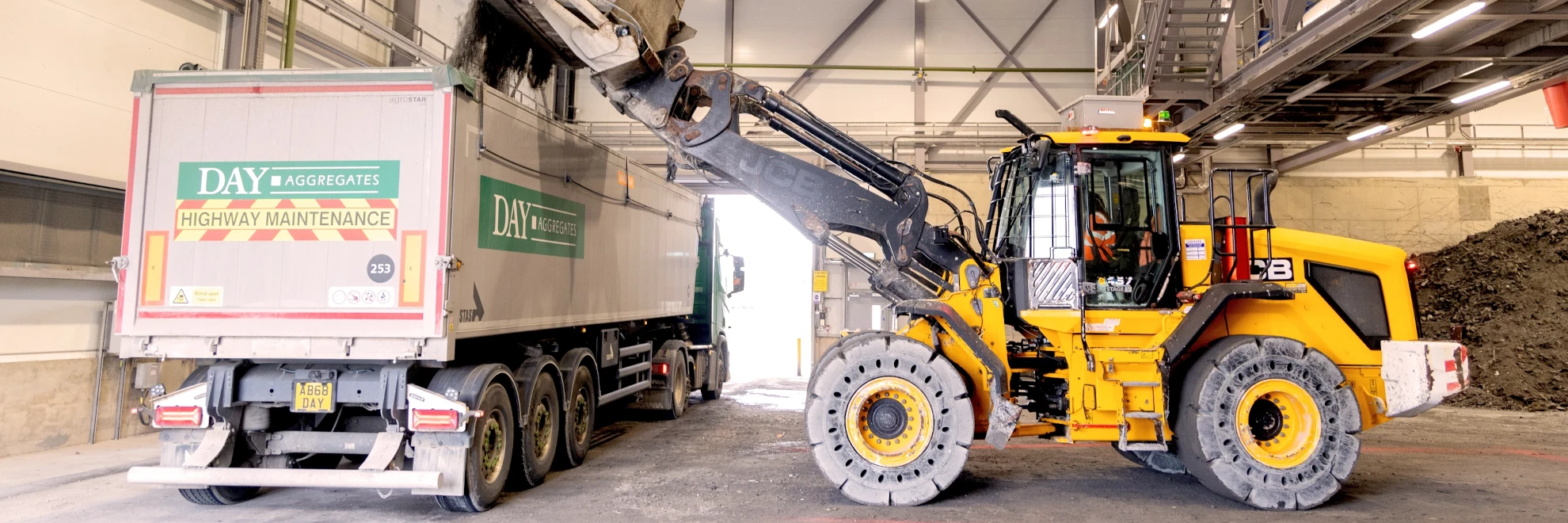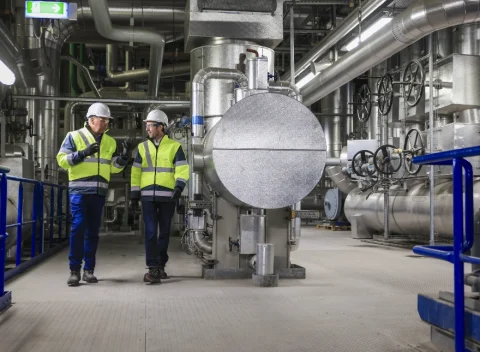Energy-from-Waste (EfW) facilities recover valuable resources from residual waste through the process of combustion. This recovery not only helps divert waste from landfill but also supports the generation of renewable energy and the reuse of materials.
What is resource recovery?
Resource recovery is the process of extracting valuable materials from waste that can be repurposed, reused or recycled.
It’s not waste until it’s wasted.
The aim is to reduce the amount of waste that goes to disposal, usually at landfill sites.
Resource recovery looks at the resources that can be extracted from that waste in support of the circular economy.
How does resource recovery work?

Electricity generation
During combustion, waste materials are burned at high temperatures, producing heat that is used to generate steam.
The steam powers a turbine, which in turn generates electricity. This electricity is then exported to the national grid, contributing to the country’s energy supply. In fact, energy recovery facilities help meet approximately 3% of the UK’s baseload electricity demand. This consistent generation of electricity supports national energy resilience while reducing reliance on fossil fuels.

Heat recovery
Another key resource recovered in Energy-from-Waste plants is heat.
The combustion process produces heat that can be captured and used in district heating systems. In these systems, heat is transported through insulated pipes to nearby buildings, providing a sustainable and efficient source of warmth for homes and businesses. This heat recovery helps reduce the reliance on traditional heating methods, contributing to a more sustainable and low-carbon energy system.

Secondary aggregates
After the combustion process, the remaining materials — primarily bottom ash (IBA) and air pollution control residues (ACPr) — are converted into secondary aggregates.
These aggregates are processed and repurposed into materials for construction, such as concrete blocks. By recycling these materials, Energy-from-Waste plants reduce the demand for virgin materials like sand and gravel, which helps conserve natural resources. At Encyclis, we are committed to ensuring that 100% of our IBA and ACPr is recovered and reused by 2030, further supporting the circular economy.

Metal recovery
The combustion process also leaves behind ferrous and non-ferrous metals, which can be extracted from the ash.
These metals are then redirected for recycling, giving them a second life. This recycling helps reduce the need for mining new metals, which is energy-intensive and environmentally damaging. By reusing metals, Energy-from-Waste facilities prevent the greenhouse gas emissions associated with metal extraction, making the recycling process an important part of reducing our carbon footprint.
A vital tool in waste management and resource recovery
Energy-from-waste facilities play a crucial role in resource recovery, providing a sustainable way to generate electricity and heat while recycling valuable materials.
By extracting and reusing metals, minerals, and aggregates, these plants reduce the need for raw material extraction and lower greenhouse gas emissions. This process supports the circular economy by ensuring that valuable resources are not wasted and are instead repurposed for further use. As we move towards a more sustainable future, energy-from-waste will continue to be a vital tool in managing waste and recovering essential resources.
More about what we do


